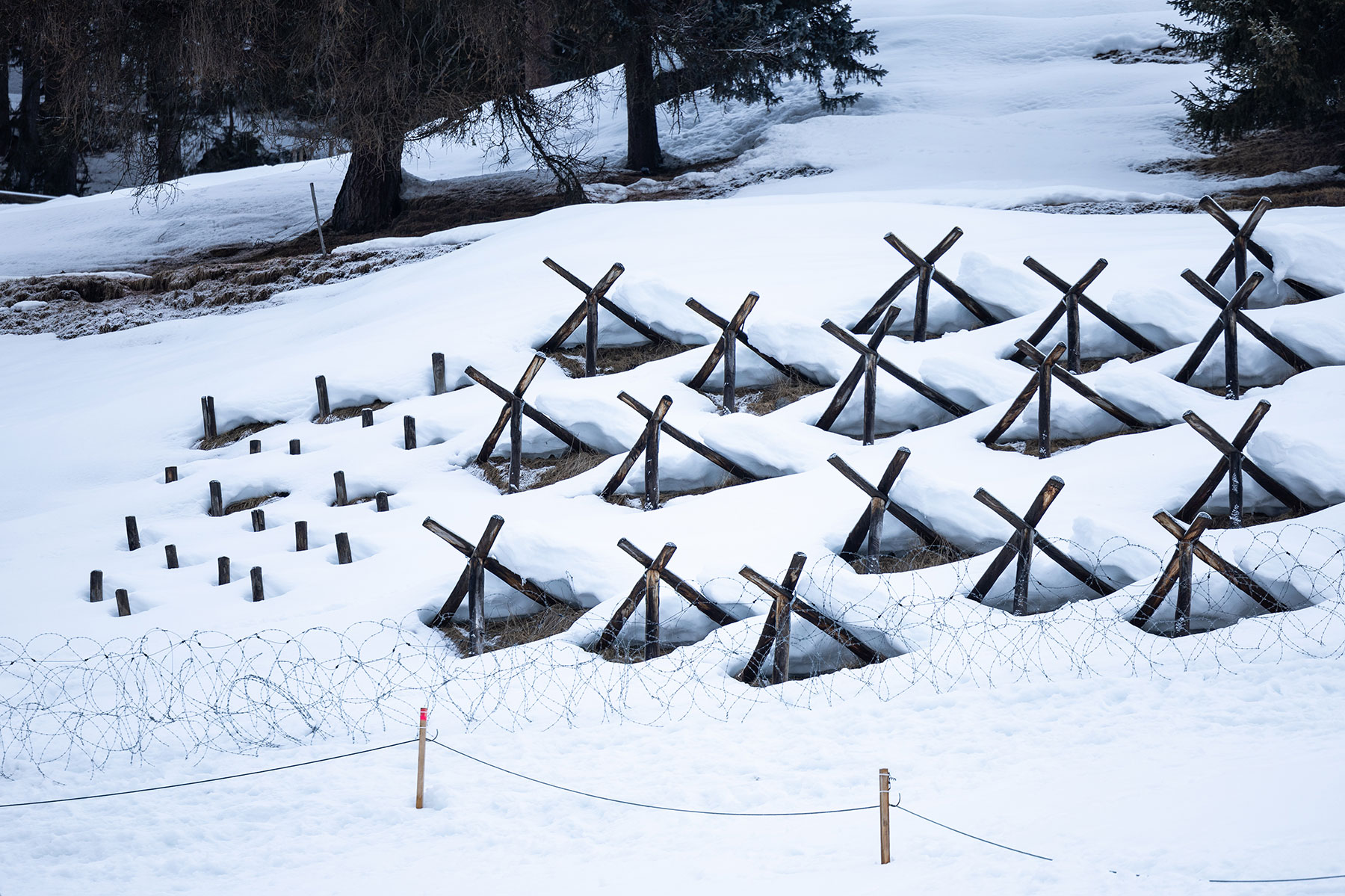NATO seems to be in disarray. NATO rested on their laurels that they could continue unabated in expanding the West’s military alliance to the doorstep of Moscow. The alliance placed all their chips on a bet that an endless supply of weaponry flooded into Ukraine would result in a relatively quick victory over what they naively believed to be a largely ineffective and technologically outdated Russian military lingering from the Soviet era. More to the point, NATO underestimated Russia’s willingness to coalesce in defending the national interests and cultural independence from that of an increasingly unrecognizable and opaque European identity.
NATO now faces a conundrum. Western nations are spending hundreds of billions of dollars in a losing proposition only to find their taxpayers digging out from a deep hole of self-inflicted inflationary debt. The conflict has become a vicious vortex. Ukraine is now running out of fighting age soldiers with upwards of a half a million casualties. Ukrainian President Volodymyr Zelensky is now expanding the draft age that will essentially wipe out a generation of Ukrainian men. Meanwhile, Russia has an insurmountable number of fighting age men rotating into the theatre. No number of weapons from the U.S. and Europe will change the playing field if there is no men to fight.
Looking back, historians will most likely conclude the ambitious U.S.-led attempt to expand a militarized NATO on the border with Russia was an ill-conceived strategic failure resulting in lives lost and misplaced, and the catapult vital to compel a significant bi-polar alliance between BRICS (Brazil, Russia, India, China, South Africa) to counter the once dominant NATO Alliance.
President Xi Jinping of China sees Putin as a key player in their new world order that opposes the United States and its NATO partners. Still, a newly elected Trump Administration would possess the political capital to thwart a wider conflict and mend relations of mutual respect with current foes.
NATO seems to be in disarray. NATO rested on their laurels that they could continue unabated in expanding the West’s military alliance to the doorstep of Moscow. The alliance placed all their chips on a bet that an endless supply of weaponry flooded into Ukraine would result in a relatively quick victory over what they naively believed to be a largely ineffective and technologically outdated Russian military lingering from the Soviet era. More to the point, NATO underestimated Russia’s willingness to coalesce in defending the national interests and cultural independence from that of an increasingly unrecognizable and opaque European identity.
The much-touted Ukraine spring offensive sputtered in 2023 when Russia built an impenetrable defensive wall that could not be breached. Russia simply does not lose in a slugfest. One only has to look back to when Hitler’s Nazi Germany, a much greater foe, blitzed across the hinterland and had Russia on the ropes. Russia would not go down on the mat no matter how many punches were landed.
NATO now faces a conundrum. Western nations are spending hundreds of billions of dollars in a losing proposition only to find their taxpayers digging out from a deep hole of self-inflicted inflationary debt. The conflict has become a vicious vortex. Ukraine is now running out of fighting age soldiers with upwards of a half a million casualties. Ukrainian President Volodymyr Zelensky is now expanding the draft age that will essentially wipe out a generation of Ukrainian men. Meanwhile, Russia has an insurmountable number of fighting age men rotating into the theatre. No number of weapons from the U.S. and Europe will change the playing field if there is no men to fight.
What options does NATO possess? Are Western leaders too far invested politically to capitulate? The leading proponents battle mantra, “Whatever it takes for as long as it takes”, has been removed from their songbook. Confidence in Ukraine retaking the Donbass is waning while Crimea is nowhere close to reality.
Any chance of turning the tide will require expanding the war and sending NATO troops into the ghastly trenches. It is hard to imagine widespread support by populations of the West sending their boys and girls to die in a conflict to regain strips of territory fought over for centuries. American President Joe Biden’s ultimate goal of regime change and removing Russian President Vladimir Putin from power will not be attained through Ukraine. European capitals would become overnight targets while North American may no longer be insulated with the large pond separating it from the main theatre of war. The U.S. could face cyber warfare on key infrastructure, activated terrorist cells coming through the open borders, or worse, nuclear weapons if Russia finds itself cornered.
We are now hearing Germany and the UK are casting together plans to draft young men and women in preparations for a war footing. French President Emmanual Macron has bloviated about sending French troops into Ukraine while the Baltic states have been messaging to see if others jump on board. For all the bluster, it would seem most NATO countries do not have the resolve and would rather see Ukrainians sent into the grinder.
This conflict will drag on to the American elections where if former President Donald Trump is elected, the conflict will be settled where Ukraine loses territory in creating a buffer zone and will not be permitted to join NATO. If Biden is re-elected, the war potentially spirals on with Ukraine all but decimated.
Meanwhile, the West’s sanctions have left the Russian economy stronger than before the war with China and India now the largest recipients of imported Russian oil in return for a lifeline of raw material and components. Ukraine’s future is bleak. Western nations will inevitably fold up their tents and go home, leaving Ukraine’s economy languishing in a grey zone reminiscent of the ‘Forbidden Zone’ in the 1968 movie, Planet of the Apes. Past promises of economic investment by corporate giants will not put their shareholders at risk in a country whose infrastructure is in shambles, and the state of a corrupt democracy is in question.
Looking back, historians will most likely conclude the ambitious U.S.-led attempt to expand a militarized NATO on the border with Russia was an ill-conceived strategic failure resulting in lives lost and misplaced, and the catapult vital to compel a significant bi-polar alliance between BRICS (Brazil, Russia, India, China, South Africa) to counter the once dominant NATO Alliance.
President Xi Jinping of China sees Putin as a key player in their new world order that opposes the United States and its NATO partners. Still, a newly elected Trump Administration would possess the political capital to thwart a wider conflict and mend relations of mutual respect with current foes.






